India create history, win Women’s World Cup for the first time
India’s women’s cricket team achieved a momentous milestone on November 2, 2025, when they defeated South Africa in the final to lift the Women’s World Cup trophy for the first time. The victory — staged in front of a roaring home crowd at DY Patil Stadium, Navi Mumbai — is the culmination of years of growth, resilience and near-misses that finally turned into a defining triumph for Indian women’s cricket.
The final — how the match unfolded (Women’s World Cup final recap)
India batted first and posted a commanding total, thanks to an aggressive start and a calm middle-order effort. Young opener Shafali Verma set the tone with a quickfire 87, while Deepti Sharma provided solidity with a 58 that kept the scoreboard moving. India finished around the 290–300 mark — a challenging target under pressure in a World Cup final.
South Africa fought back through a valiant century from their captain Laura Wolvaardt, but India’s bowlers struck at crucial times. Deepti Sharma again starred, this time with the ball, taking a five-wicket haul that swung momentum decisively back to India. When the last wicket fell, the scoreboard read South Africa all out for 246 — India winners by 52 runs.
Standout performers and awards
- Shafali Verma — fearlessly aggressive at the top, her 87 earned her the Player of the Match award and gave India the momentum they needed early on.
- Deepti Sharma — a match-winning all-round display: 58 with the bat and a five-wicket haul with the ball. Her tournament-long consistency also earned her Player of the Tournament honors.
- Laura Wolvaardt (SA) — a superb 101 under pressure, a standout in a losing cause and one of the tournament’s top run-scorers.
Why this Women’s World Cup win matters for India
This triumph carries deep sporting and cultural significance. India had come close before — memorable campaigns and heartbreaking losses have long suggested the potential was there. Winning the Women’s World Cup at home converts years of investment and growing grassroots interest into a tangible, historic achievement.
The victory also expands the spotlight on women’s cricket in India. Greater visibility drives sponsorship, better domestic structures, and more opportunities for girls to see cricket as a viable career. For a cricket-mad nation, a World Cup on home soil sparks national pride and broadens the conversation around women’s sport.
The road to the final — resilience and key moments
India’s tournament was not a straight sprint. The team endured ups and downs during the group stage, including a few unexpected losses that tested their resolve. What stands out, however, is how they peaked when it mattered: winning crucial knockout encounters and producing standout performances under pressure.
A notable turning point was the semi-final where India chased down a challenging total against a strong opponent (Australia), showcasing both tactical maturity and nerve. That comeback gave the team belief, which they carried into the final. The pathway to the title shows that this win was earned, not given.
Reactions — nationwide celebration and messages from leaders
The win prompted an outpouring of celebration across India. Fans poured into streets, social media trended with congratulations, and public figures lauded the team’s achievement. Prime Minister Narendra Modi led official tributes, calling it a proud moment for the nation and praising the players’ dedication. The victory has already been compared to landmark sporting moments that inspired a generation.
Teammates, former players and cricketing legends shared emotional reactions, noting how this victory rewards years of sacrifice and points to a bright future for the game’s women. The emotional scenes in the dressing room and on the pitch reinforced the human side of elite sport — triumph mixed with relief and joy.
What comes next — legacy and practical impact
Winning the Women’s World Cup should trigger concrete benefits: increased funding for domestic competitions, better training facilities, more televised games, and structured talent pathways. The immediate celebrations will be followed by strategic decisions by the cricket board and stakeholders to sustain momentum.
For young girls who watched the final, the message is simple: the pathway to the highest stage is real, and role models now exist in abundance. Expect to see more academy enrollments, grassroots programmes expanding, and sponsors taking greater interest in women’s teams and leagues.
Key takeaways for fans and future watchers of the Women’s World Cup
- Depth wins tournaments: India’s victory was built on more than one star — contributions across batting, bowling and fielding made the difference.
- Home advantage matters — when managed well: Playing in familiar conditions with crowd support helped, but the team still needed skill and temperament to capitalise.
- Women’s cricket is entering a new phase: This World Cup showcased not only talent but competitiveness across teams, signifying a richer global tournament in future editions.
Final word — a historic chapter in Women’s World Cup history
India’s first Women’s World Cup title is more than a trophy. It is the distillation of patience, planning and performance. For players, staff, young aspirants and millions of fans, this moment will be replayed for years — a spark that promises to accelerate the sport’s growth at every level across the country. As the celebrations continue, the longer job begins: convert this victory into lasting structures that keep India competitive for generations to come.
Also Read: Pratika Rawal steals hearts as she celebrates on wheelchair!
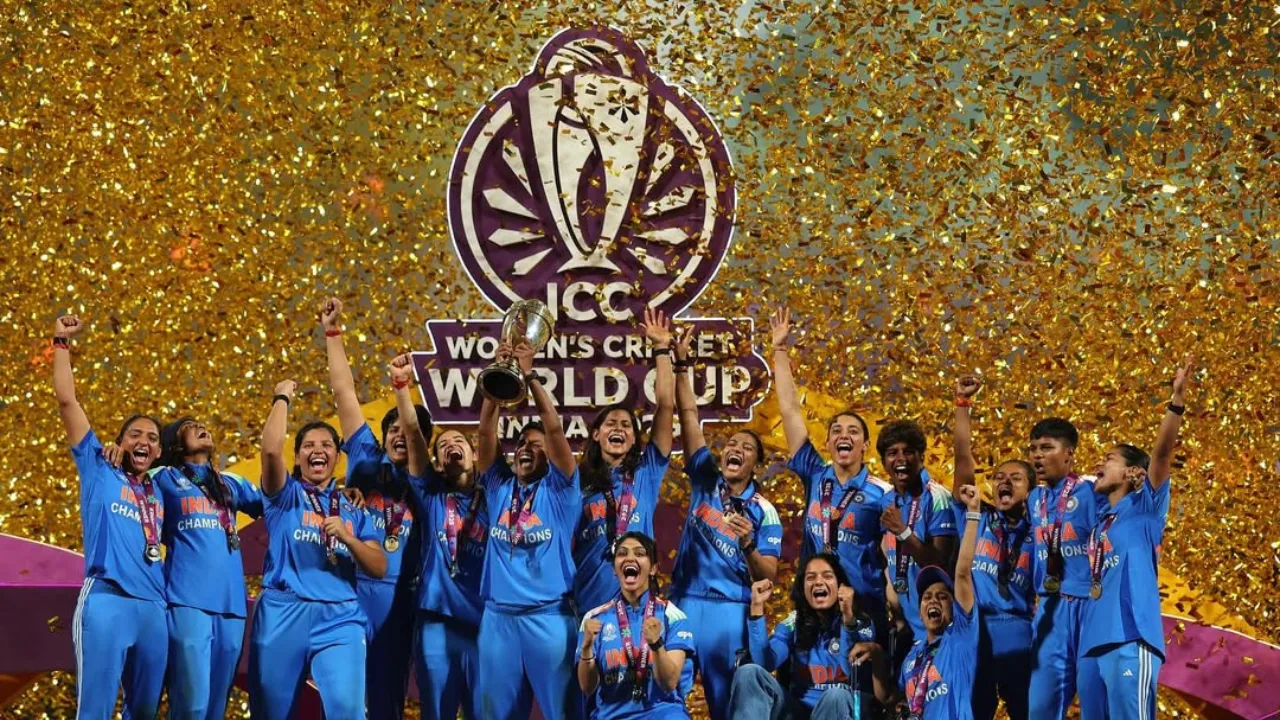




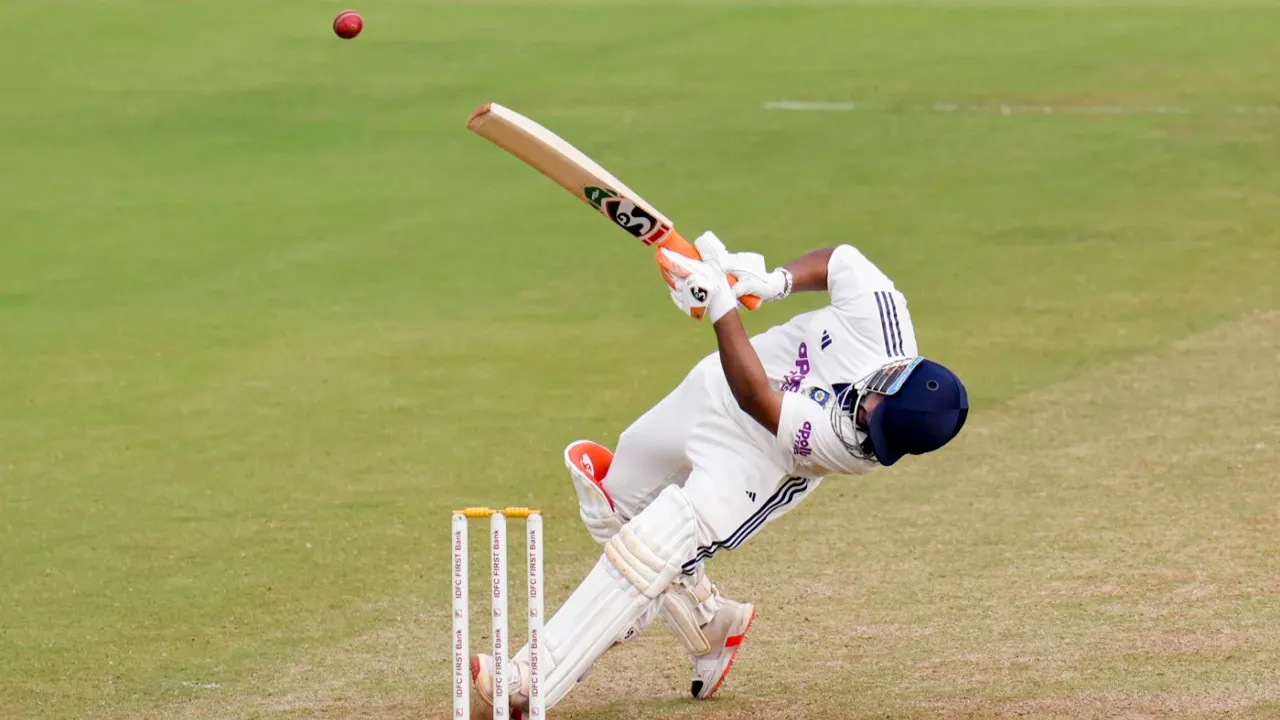
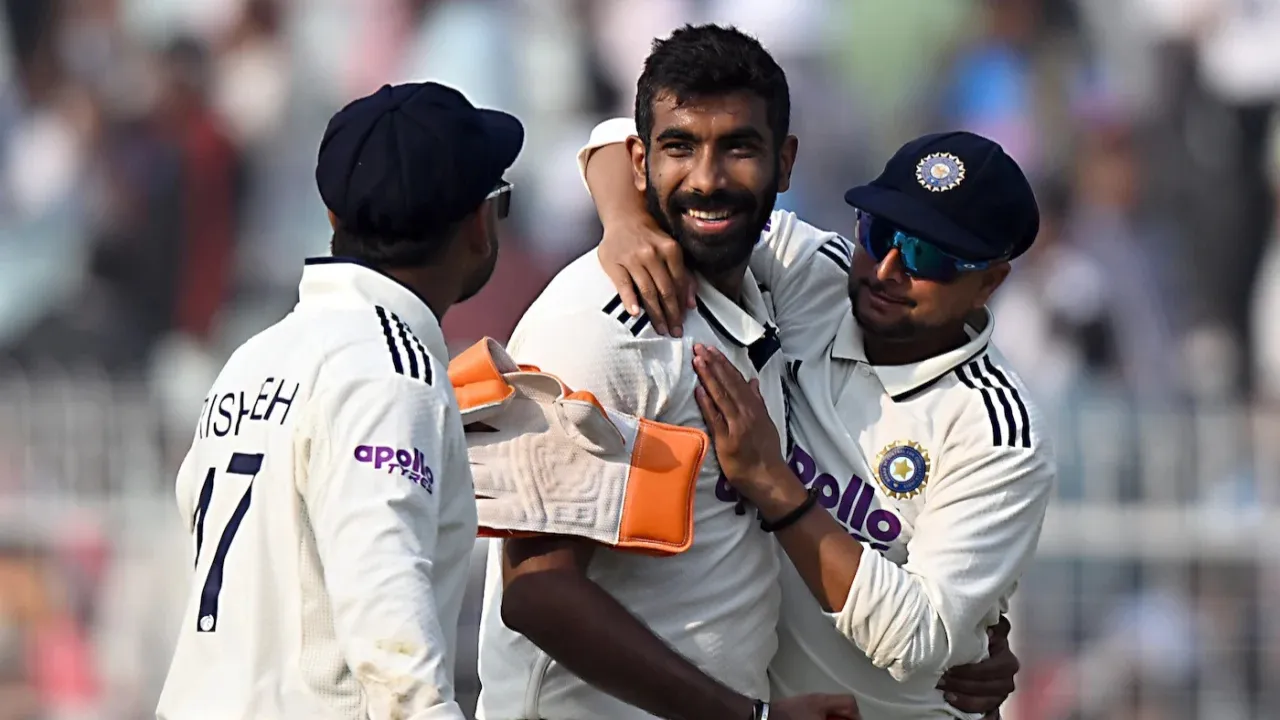








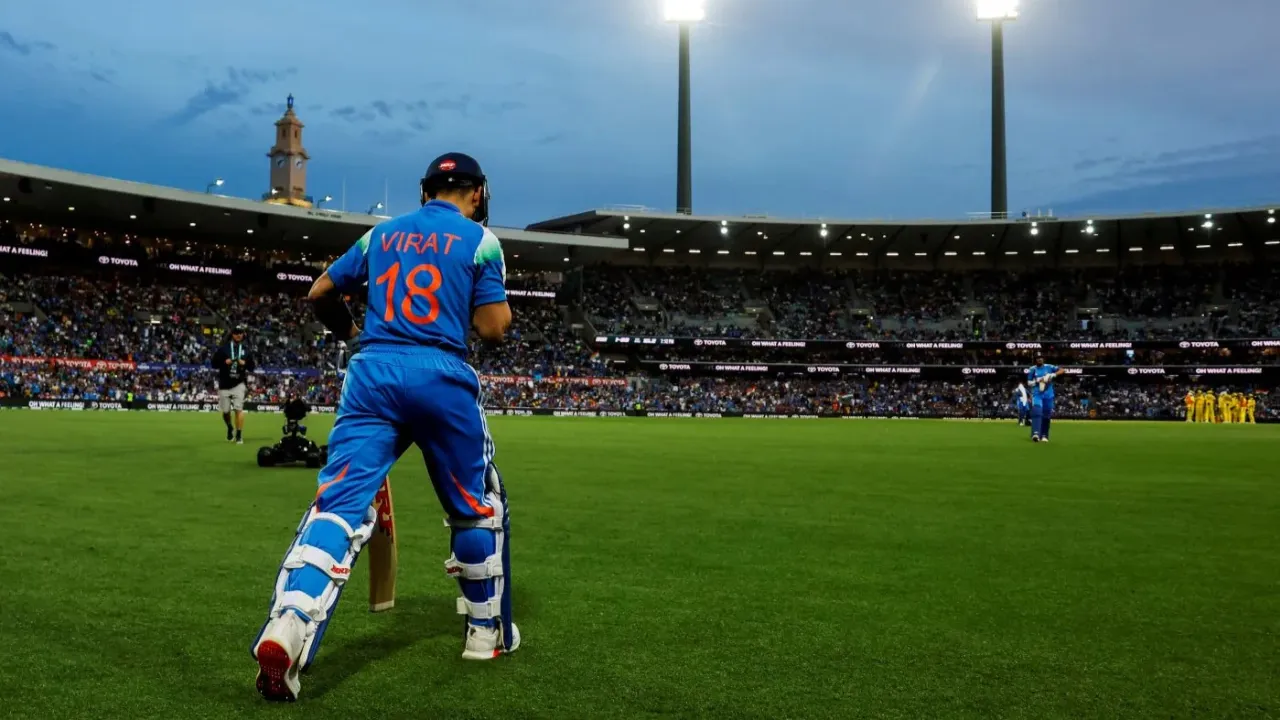
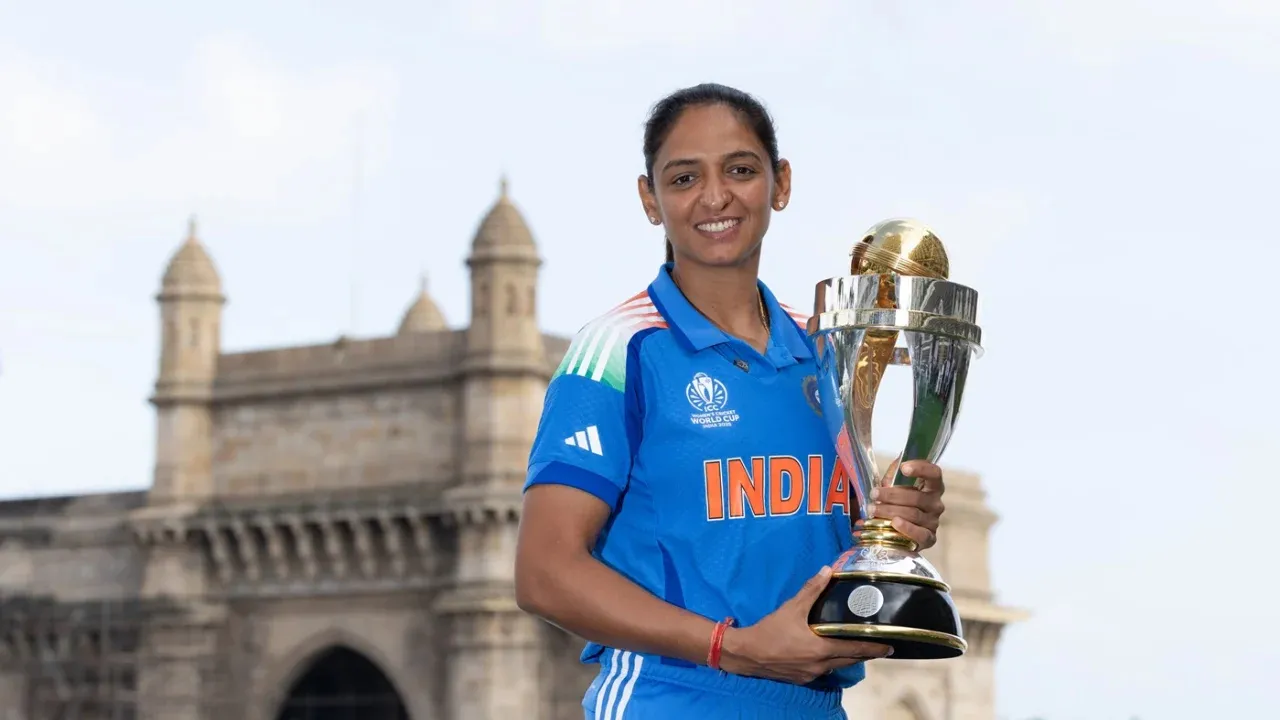
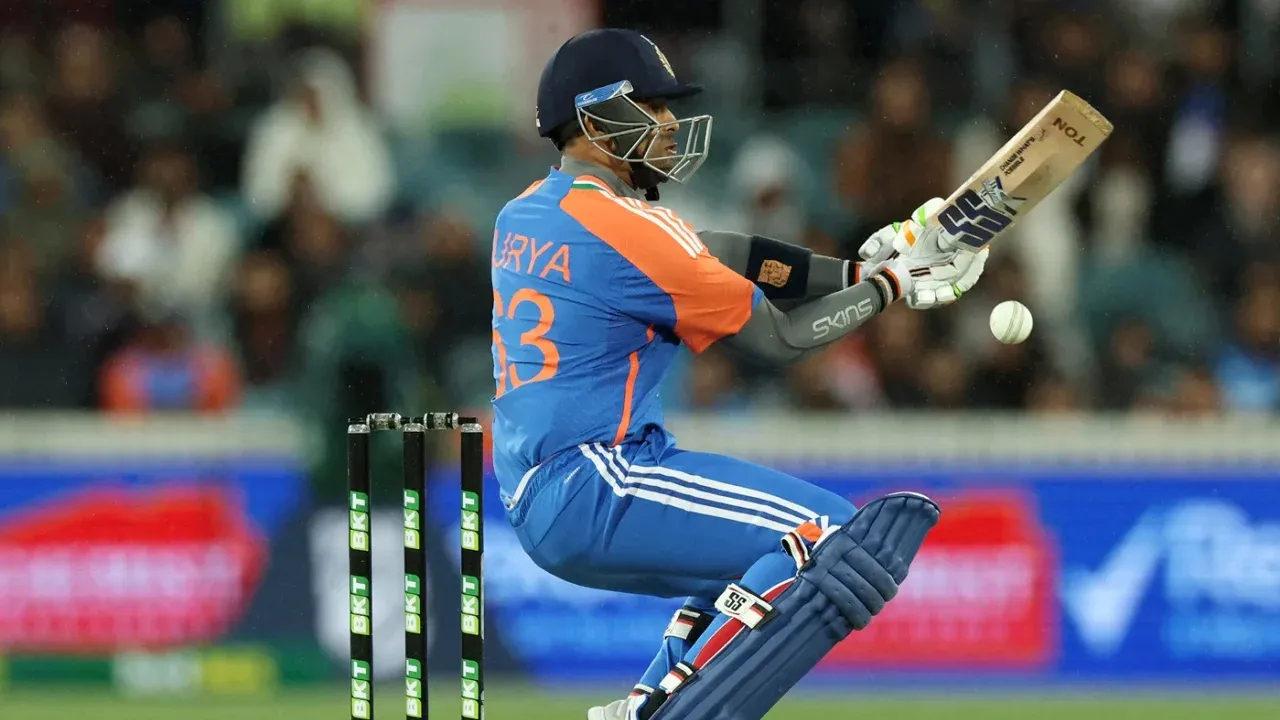
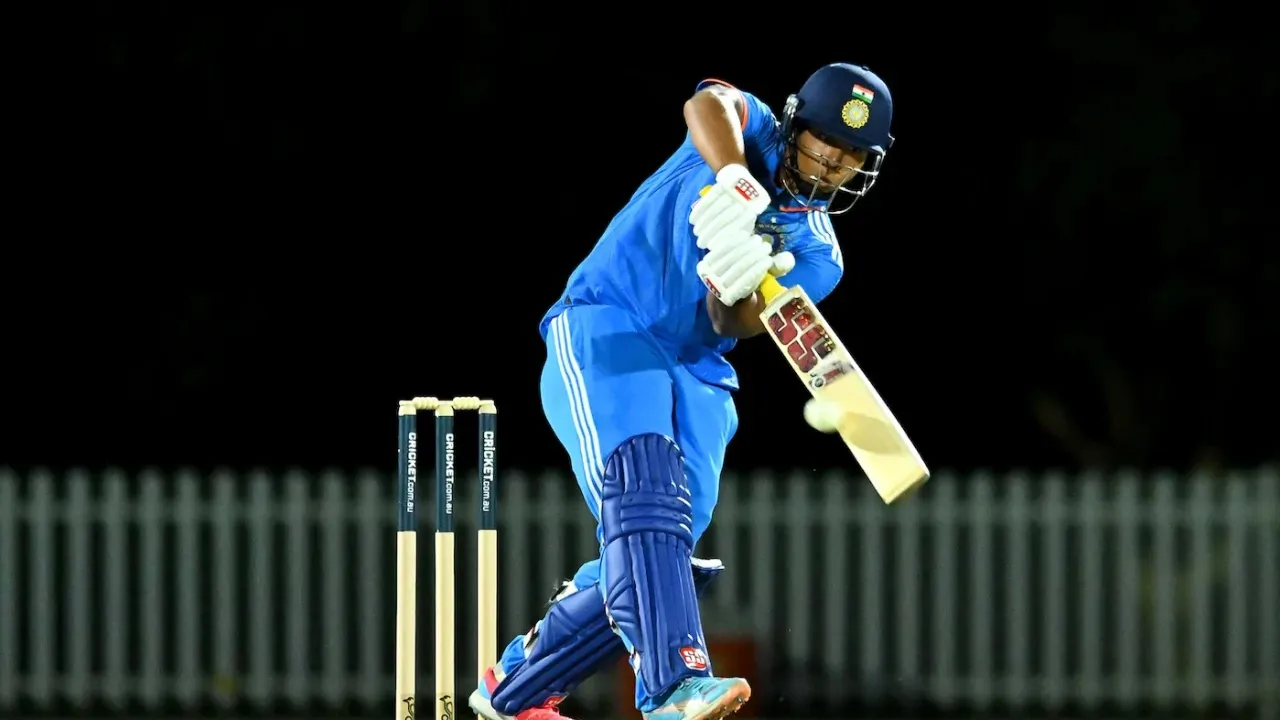
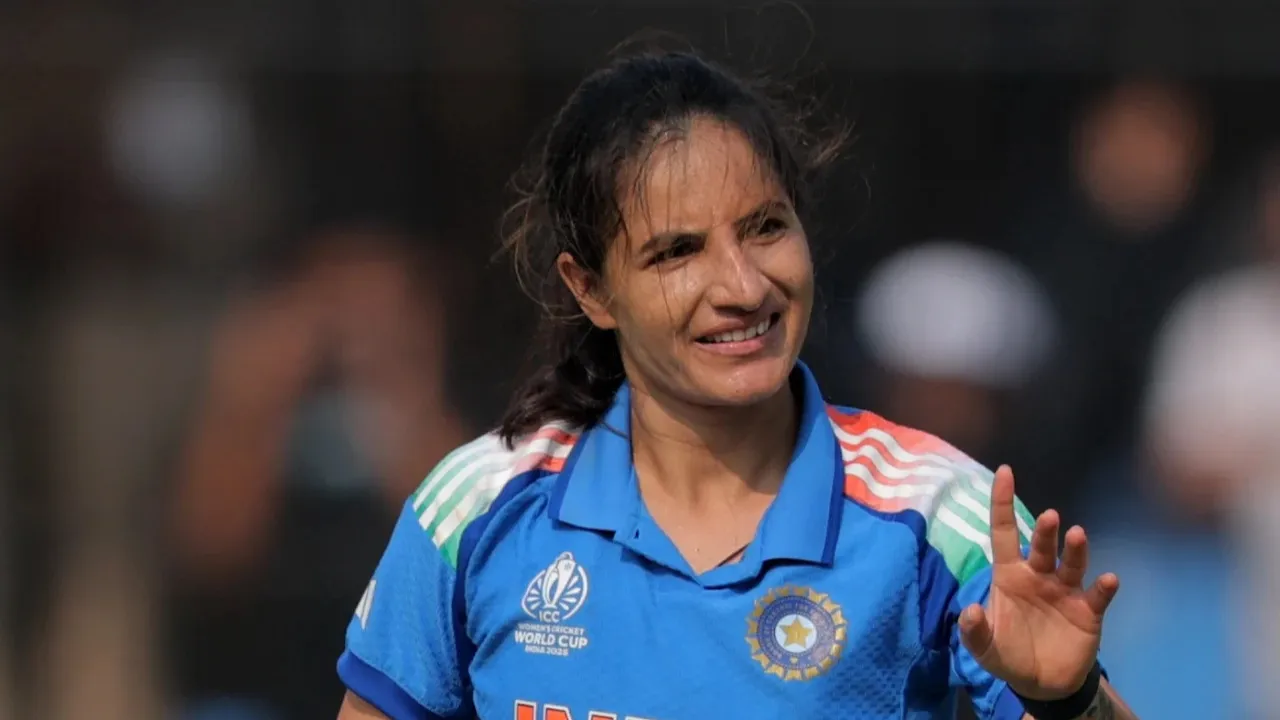
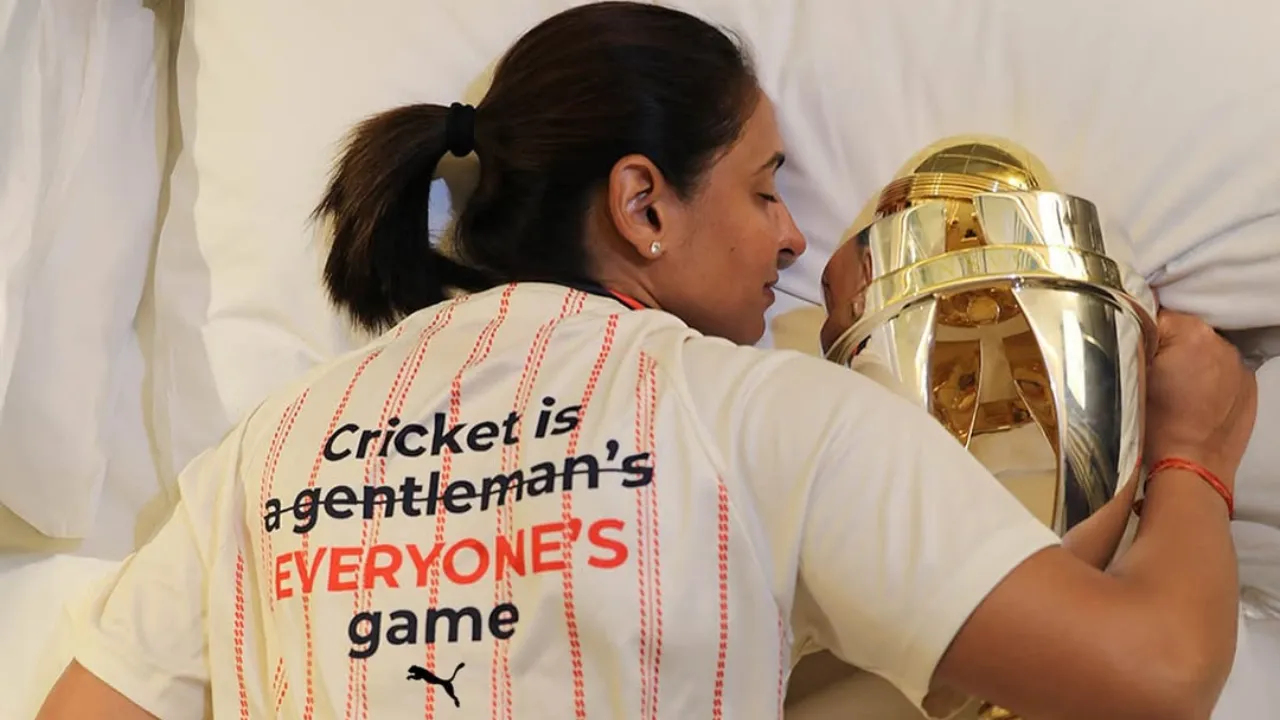
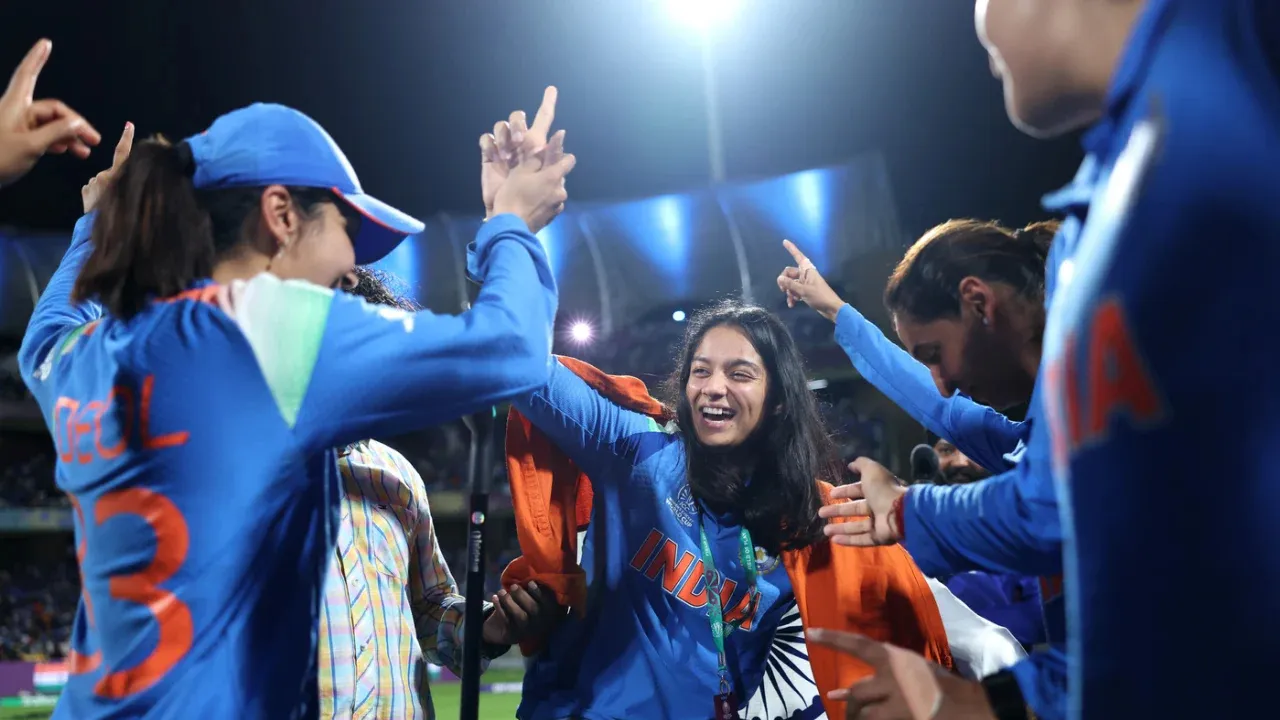
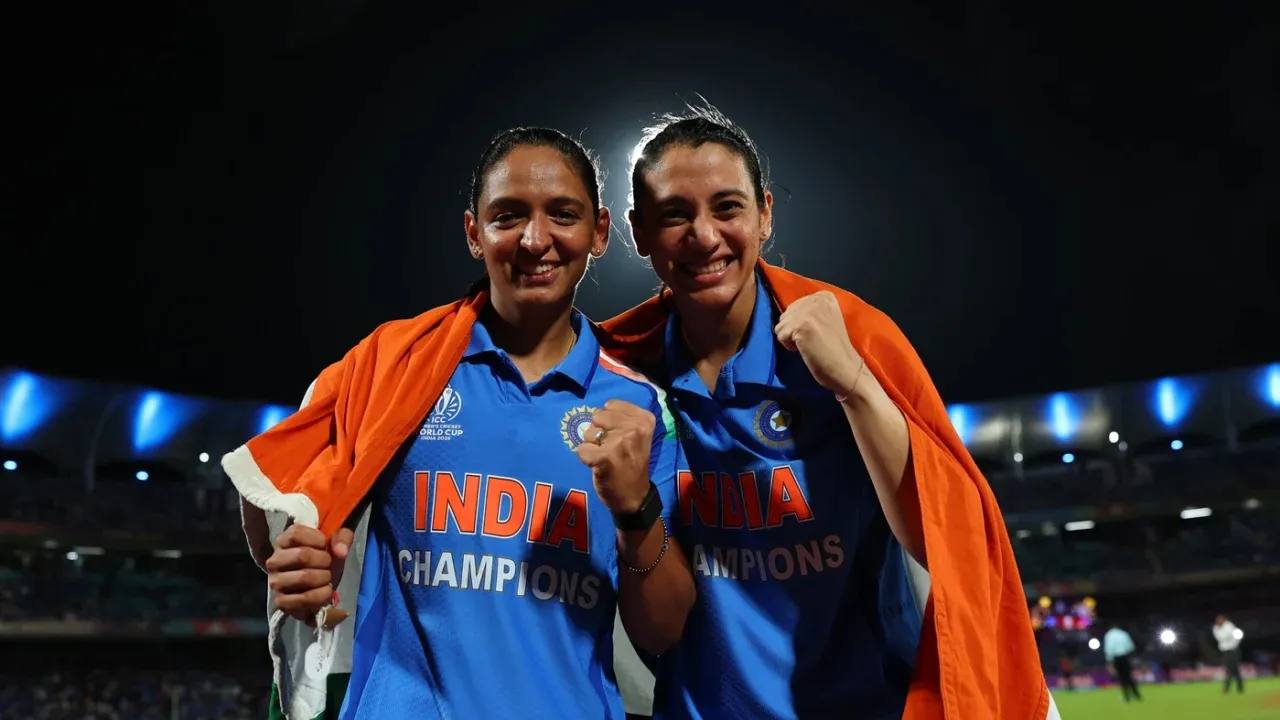
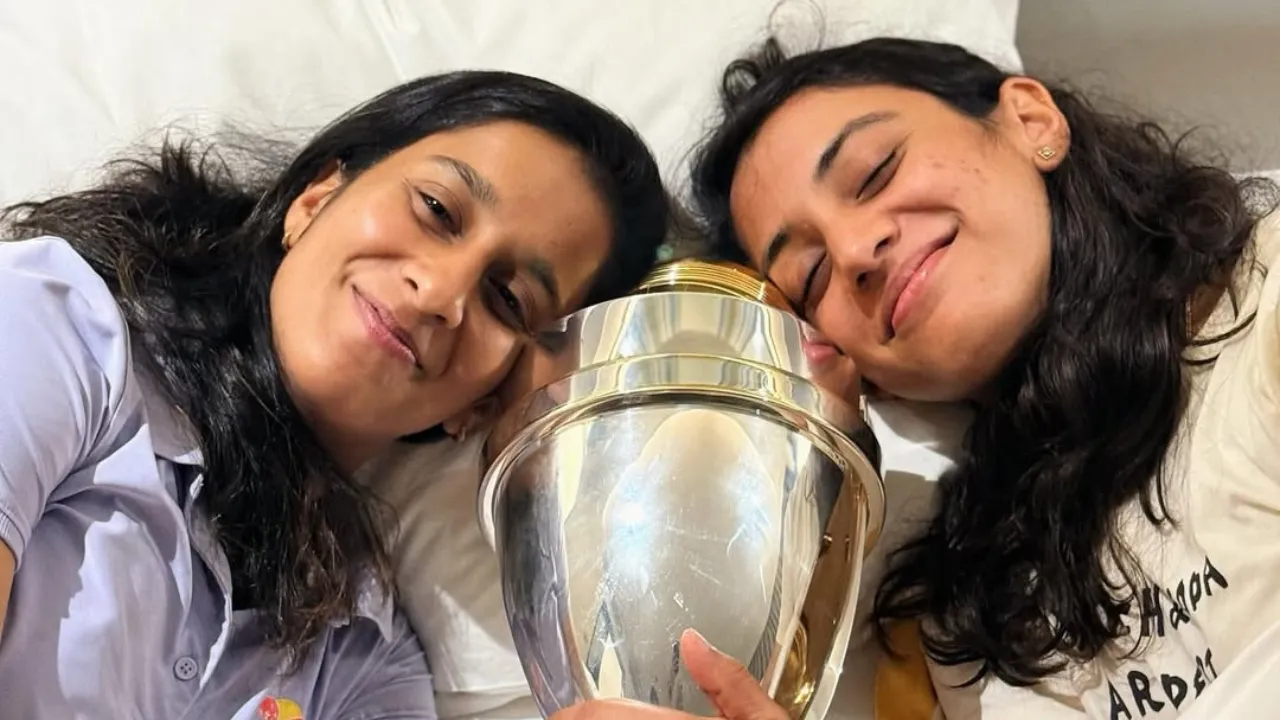

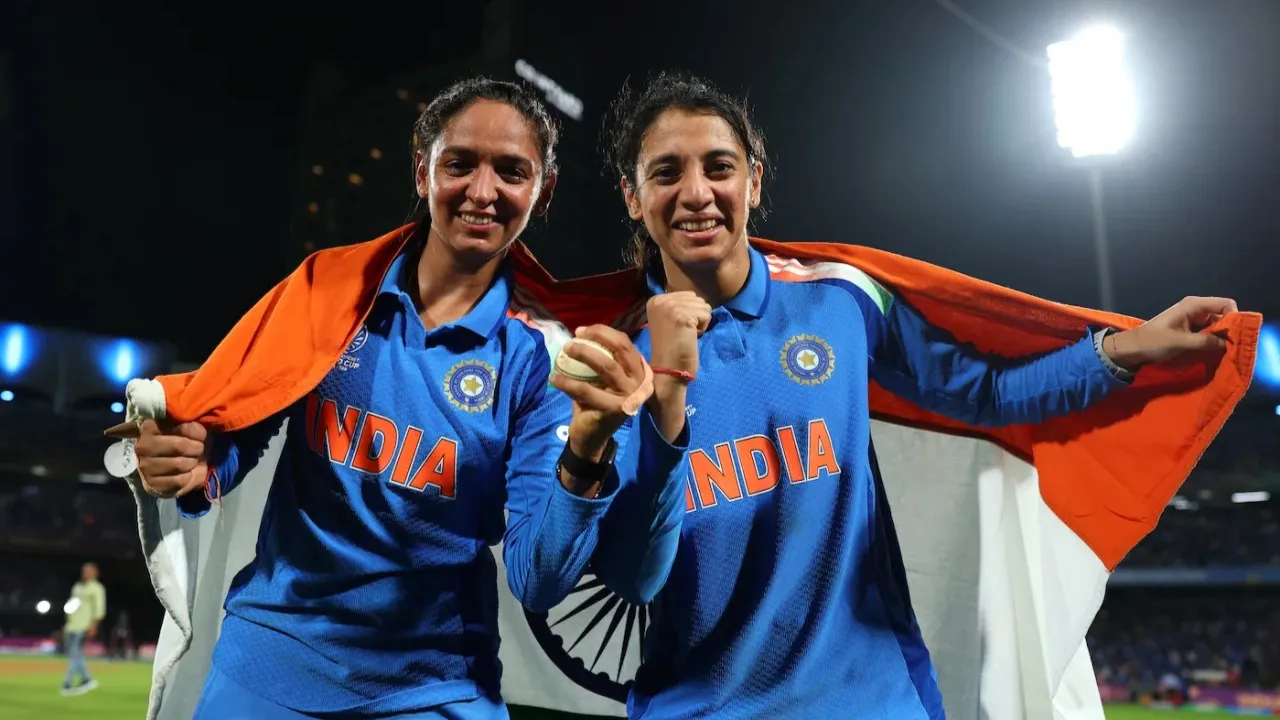

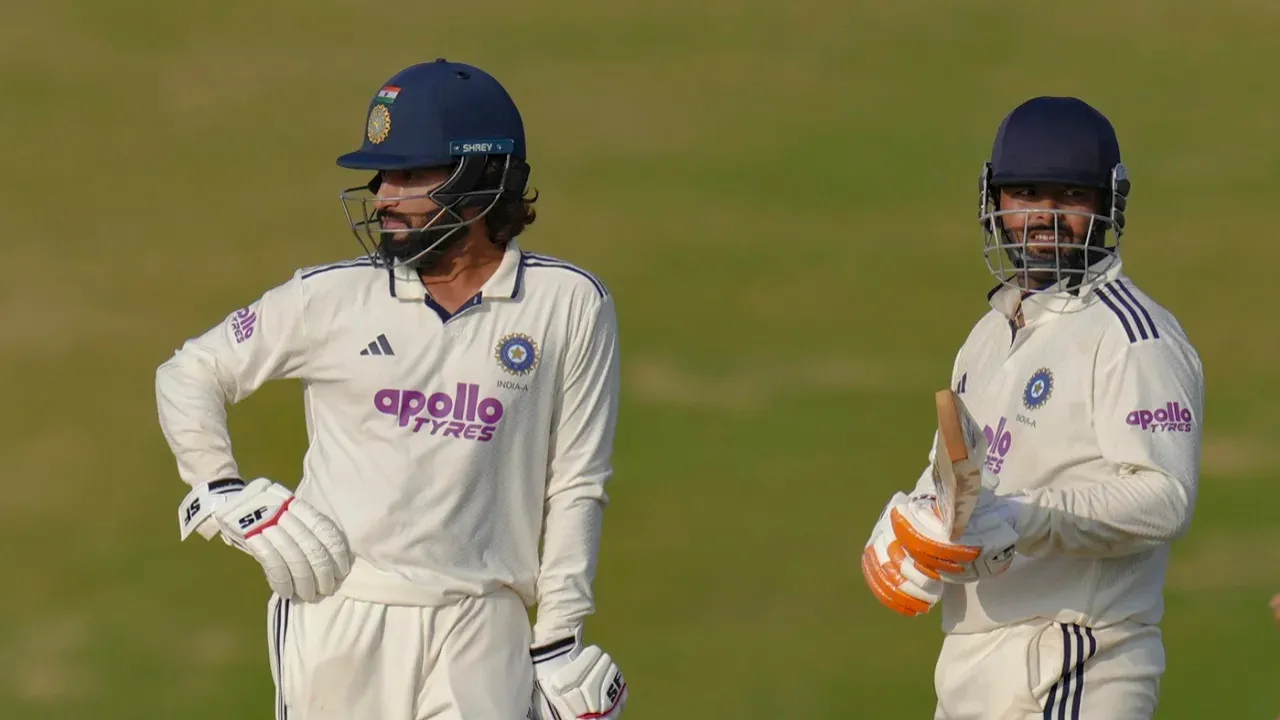
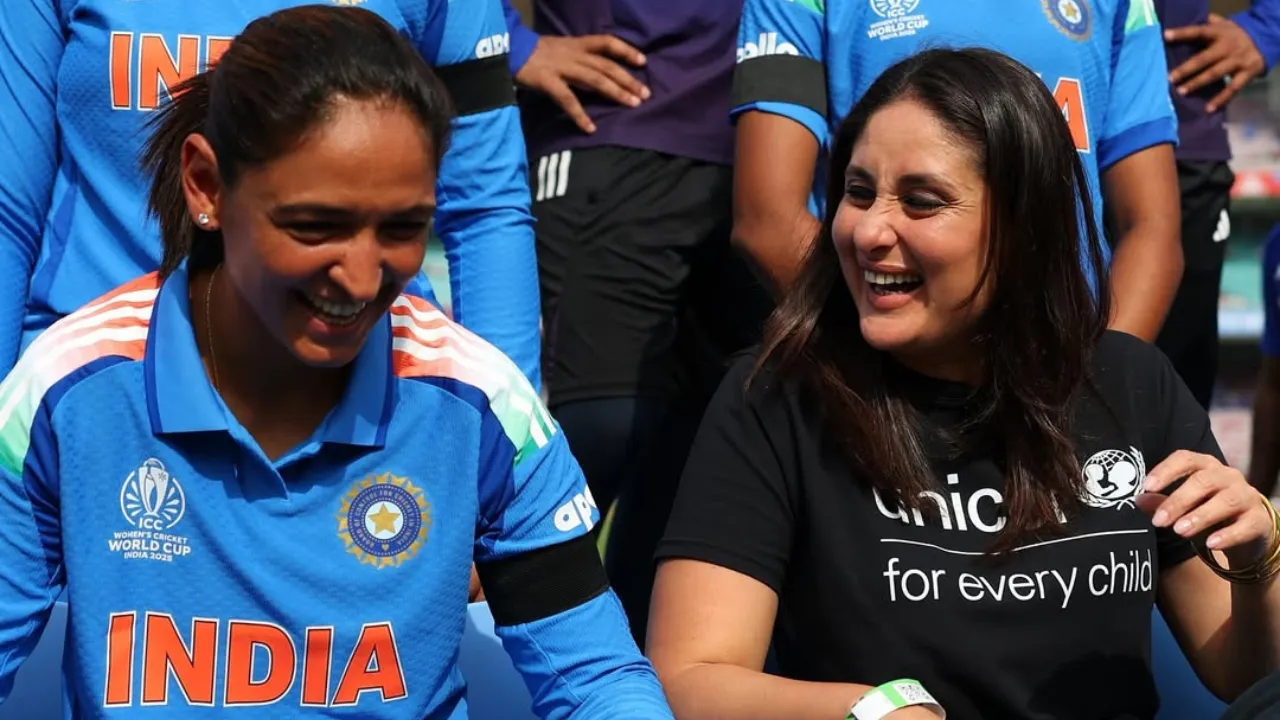
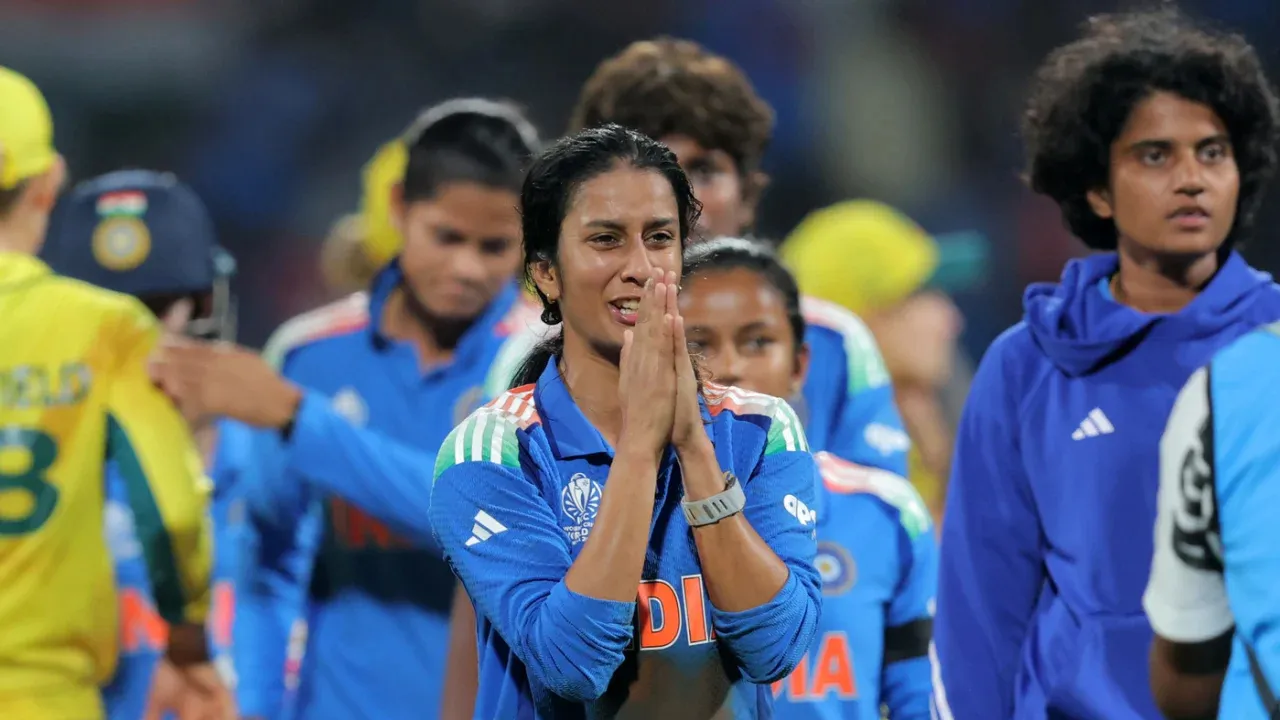
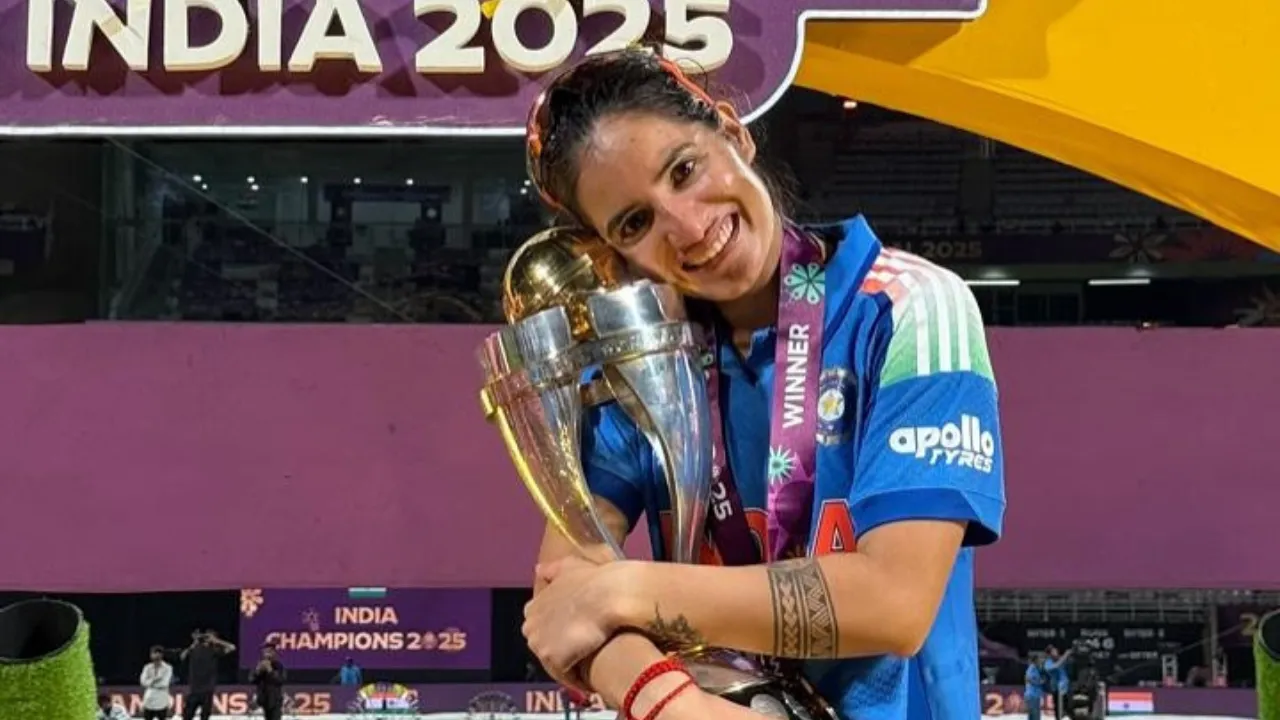






“You can’t do that after 10 balls”: Kumble slams Rishabh Pant’s dismissal